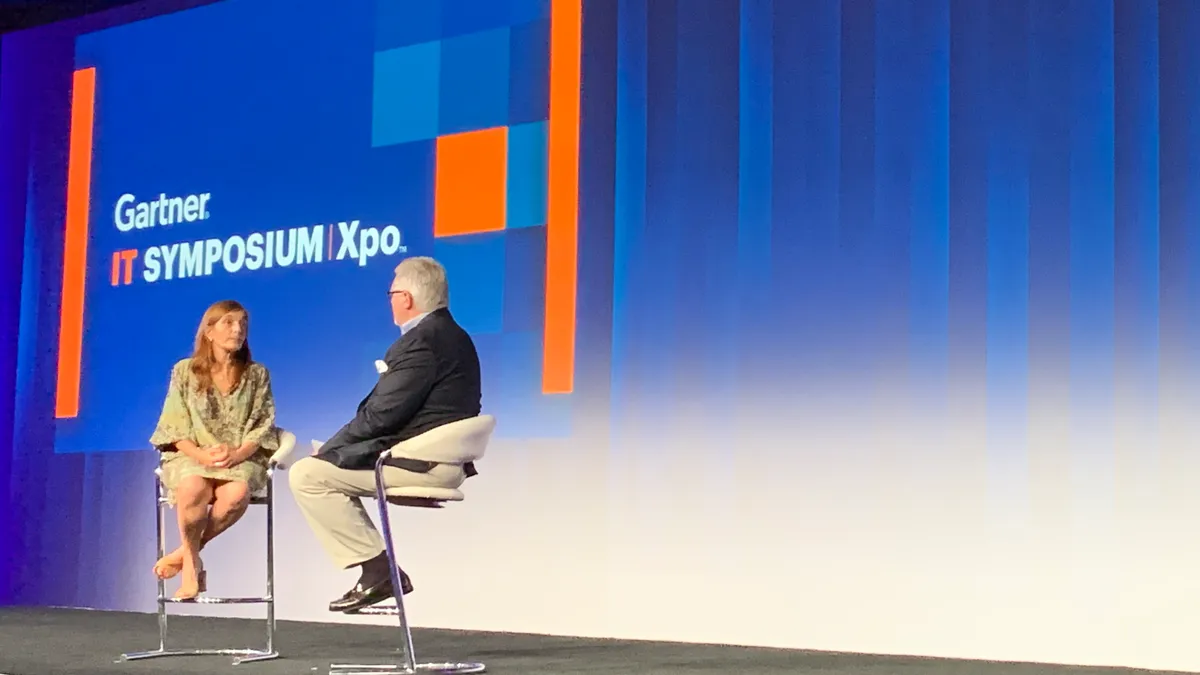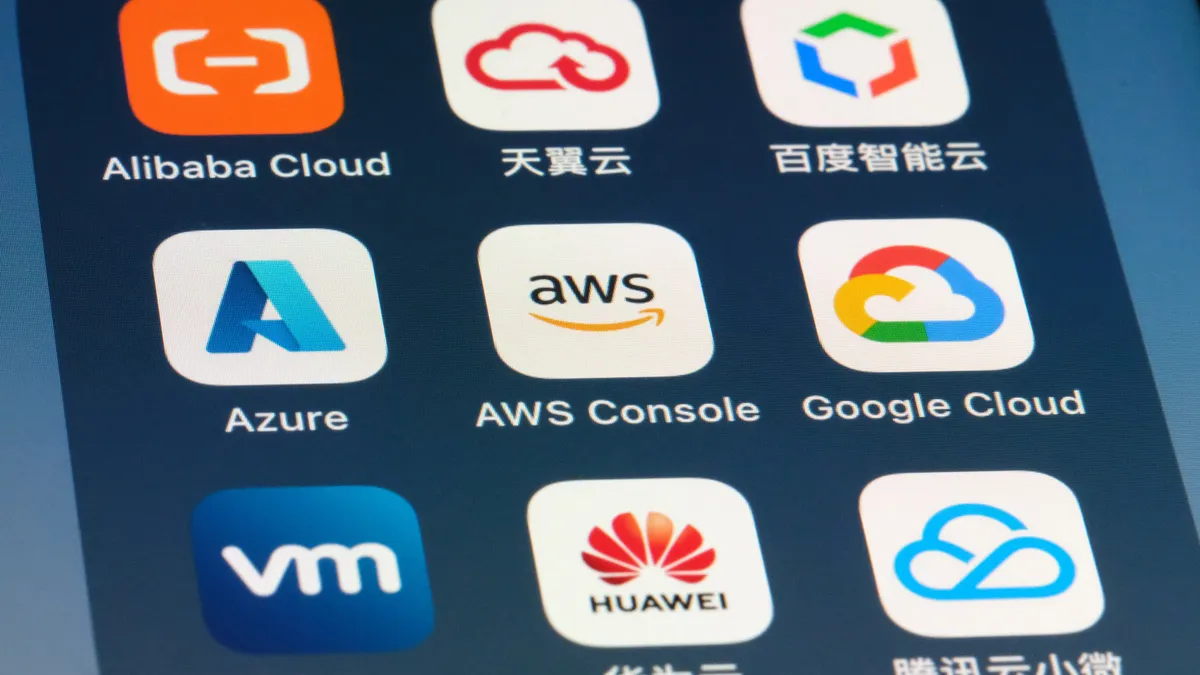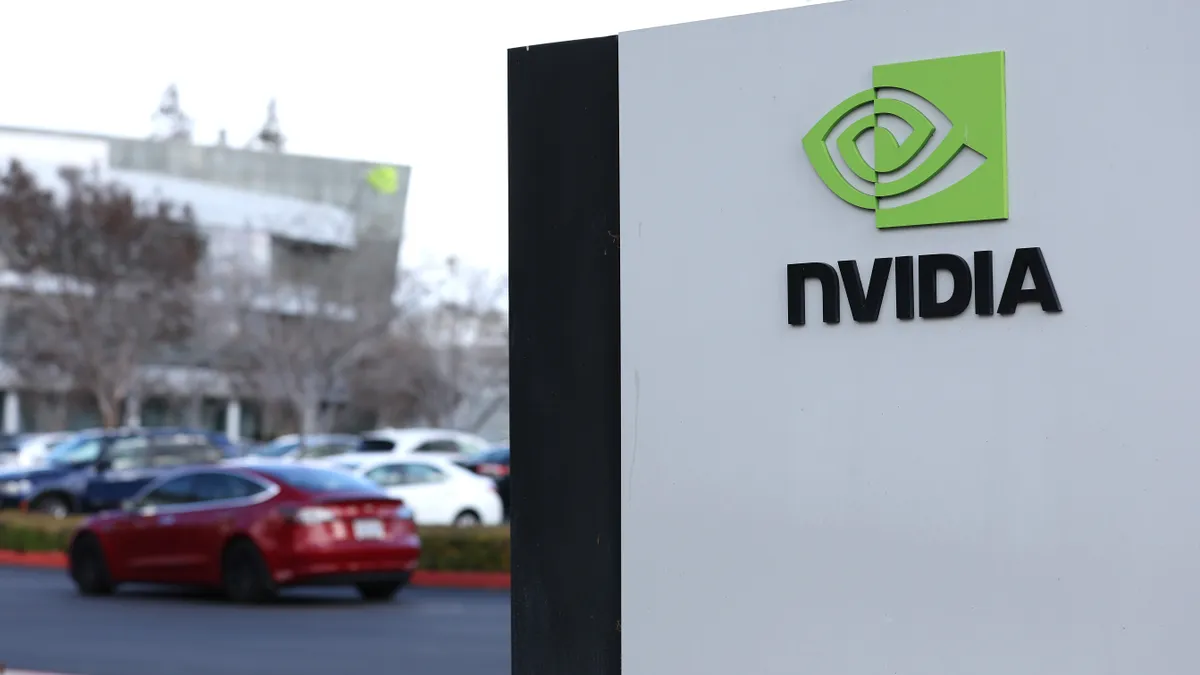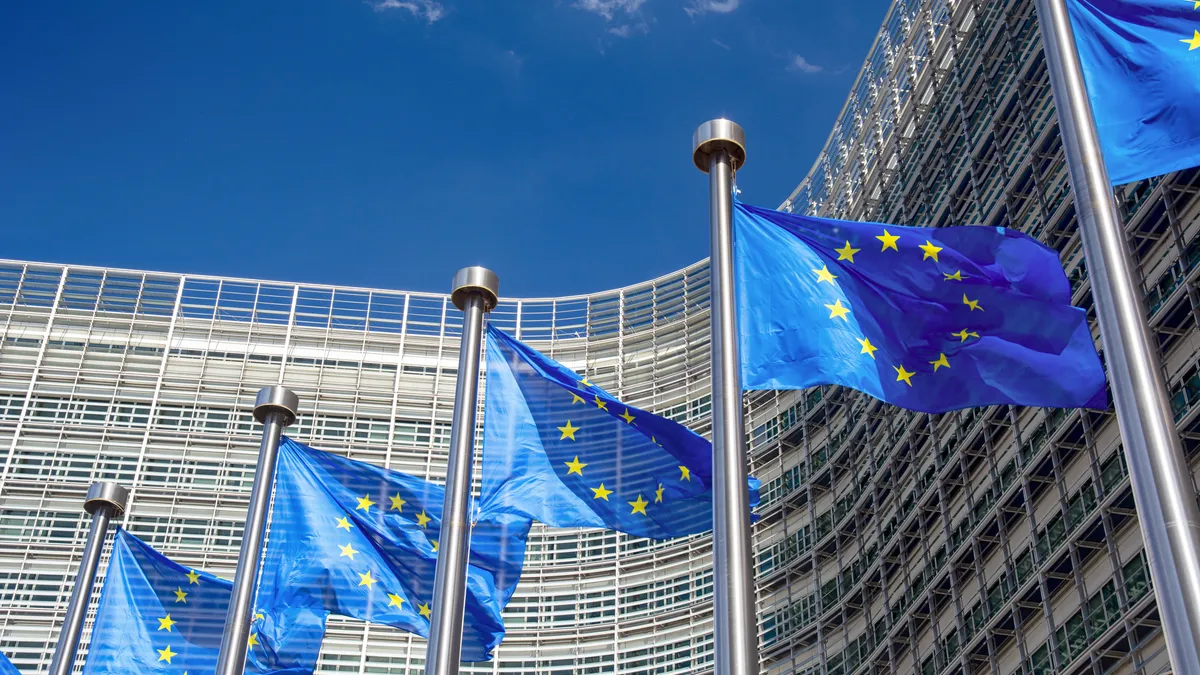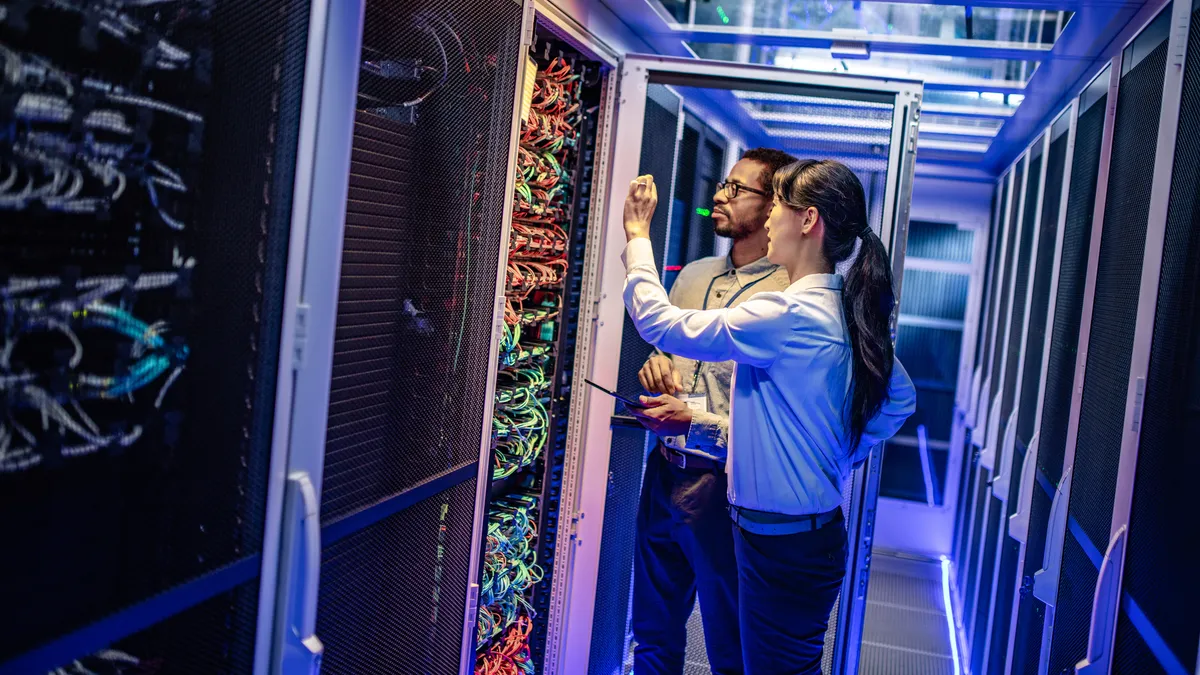ORLANDO, Fla. — In the 1990s, high frequency radios were revolutionary, allowing humanitarians to communicate from the most remote corners of the world. Today, drone technologies are opening new gateways of modern humanitarian work.
At any given time, a technology can prove its worth for the United Nations' World Food Programme (WFP). Depending on the historical moment or crisis — natural disasters or war — technology changed the course of life-saving responses.
The WFP is the largest humanitarian agency in the world, clocking in more than 18,000 employees and $8 billion-worth of food assistance for 87 million people spanning 83 countries.
Before Enrica Porcari became CIO and director of technology for the WFP in 2016, she served as a project manager, working her way up to chief of telecommunications and ICT field services in the late 1990s. It was during the war between Ethiopia and Eritrea, where refugees crossed borders, tired and hungry.
At the time, the WFP's sole mission was restoring communications.
Communications were a critical need; serving the humanitarians on the ground in need of security-related communication. "Technology was geared at supporting humanitarians, not to include the people we served," she said, while speaking at the Gartner IT Symposium/Xpo in Orlando, Florida on Tuesday.
Technology was also a physical burden. Satellite phones were as large as suitcases and took two men to carry them, she said. The WFP had to reconstruct technology's role in its services, to use it in a way that enabled WFP's beneficiaries after crises. "Those left furthest behind, those with no voice, with no names, can be a part of a digital economy," she said.
Technology is the answer to reaching people who are otherwise unreachable, whether humanitarian workers or the victims of crises they serve. The WFP doesn't just deliver food, but also helps crisis victims build a digital economy in disaster-ridden places, according to Porcari.
Emerging technologies in action
The WFP and the UN "have the right to be included in the digital revolution," she said. Addressing a room full of CIOs across industries, Porcari said her customers are similar to theirs.
People perceive the UN as this "glass building in Manhattan … full of dusty papers and overpaid people who do nothing," she said. However, like other industries servicing consumers, agencies have a mission: serving those "who otherwise who would have no hope."
Hope is found in the use of emerging technologies.
Drones, for Porcari, are the next revolutionary technology of humanitarian work.
The WFP delivers food to remote and flooded villages by SHERP, or amphibious trucks. However, navigating flooded waters by SHERP is challenging. The agency deployed drones to be the "eyes of the truck," operated by the SHERP's driver.
Drones can also provide food drops. While the economic savings of drones are noticeable, "it's not only a matter of economic returns … it's life and death," she said.
The WFP is able to use artificial intelligence with drones for assessing damaged buildings after an incident, like an earthquake. With drones, the process for scanning and analyzing infrastructure damage can be done in about four hours. Prior to drone deployment in emergency use cases, that process took days and relied on usually faulty satellite imagery.
The agency also provides victims of disasters with an identity through an electronic food card. The card grants them access to goods and services needed to, essentially, rebuild their lives.
As most of the WFP's beneficiaries are refugees, identities are sensitive, they can't afford to risk exposing too much. To give refugees the identities they need to rebuild their lives without jeopardizing their freedom, the WFP has deployed biometric and blockchain technologies.
Blockchain enabled a Syrian refugee to access money he needs to pay for groceries in a store set up by the WFP in Jordan. The ledger technology removes the middleman — a bank — that could endanger his and his family's safety.
Blockchain also saved about 4% of transaction fees. It also contributes to the agency's logistics operations and optimizing its supply chain for tracking food origins.
Call to action
The next chapter for the WFP relies on expertise it can leverage from other industries. "Be generous with your ideas and your advice," said Porcari. The agency relies on partnerships, including existing ones with Mastercard and the Global System for Mobile Communications.
"Humanitarians need more CIOs," she said. The agency can't always afford to procure expertise, so it relies on the willingness of industry participants, specifically industry CIOs.
While the humanitarian space is getting crowded, competing with the private sector for talent is a continued pain point.
The data points the agency has to collect in its supply chain requires analytical talent. While the WFP is trying to develop those skills internally, it is also looking for resources outside. But those individuals "want to work in the Valley, or this country," she said.
But Porcari is optimistic. She sees a large tech talent pool who want to "do well by doing good."
"Coming to Orlando is a treat for me, for the work that we do, I don't [travel] around places like this very often," she said. "For me, I work a lot with our field operations," including offices where the WFP provides emergency communications for the UN in Syria and Sudan.
As CIO, Porcari goes "real deep field" where she sees humanitarians, the people "who wear a WFP vest with pride." Her favorite part of her job is providing the tools and services to make their jobs easier.


